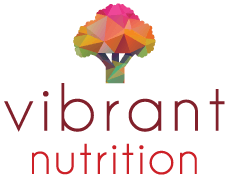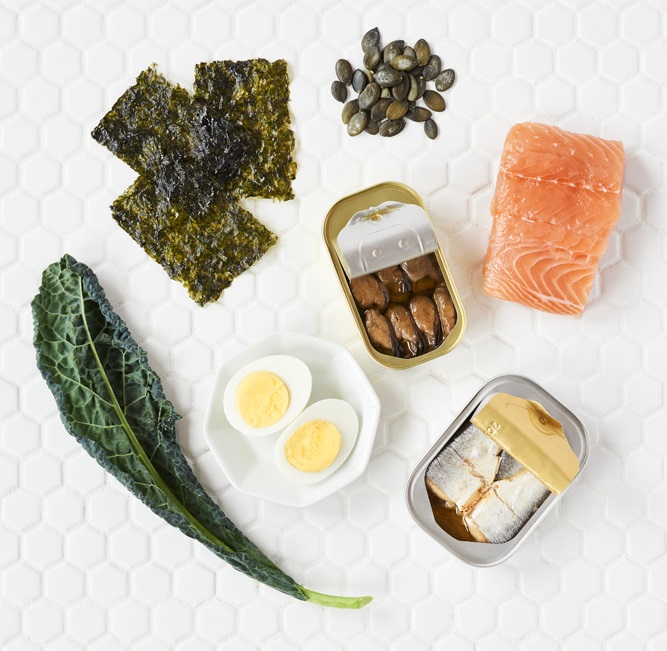August 30th, 2018
Back to School: Guide to the Lunch Box
Well parents, it’s that time of year. Back-to-school means back-to-real life! And hopefully BACK-TO-ROUTINE!
Regular sleep patterns, regularly-time meals and brain-boosting snacks make everyone happier. The start of school can be a chaotic time whether your child is entering a new grade or starting for the first time. Some of the main things I get asked about that concern parents are listed below, let us know your concerns! And head to the bottom for suggestions of fun snacks and non-sandwich meals!
How much food should I pack for my child?
This can be a tough one because each child is so different and it can often depend on their activity level as well. You could Follow Canada’s Food Guide for general recommendations about how much their age group should eat; the best use for it is the visualization of adult portion sizes. But also keep in mind the amount of food they’ve been eating mid-day towards the end of summer.
Portion sizes for younger children should generally be around ¼ cups of different food groups, and ½ cups for bigger kids. Another way to think of this is about 30% of an adult portion is enough for most kids. Offer foods from all food groups: grain products, vegetables, fruits, protein-rich foods and dairy products if you do consume dairy. Always pack a favourite food you know your child loves at lunch time and for snack; the anxiety of school is high enough, so keep extra food-related anxiety low. It doesn’t mean you can’t try new foods here, but always have a favourite on deck.
All kids will need 1 lunch and 2 snacks packed and be sure to LABEL them. Or you may run into the issue of having them gobble up everything at once! Check in with your little after the first week to see what’s working and what’s not!
What makes up a healthy lunch?
Try to include at least one of each food group as mentioned above- fruits & veggies, grains, dairy & calcium alternatives, and protein foods. Homemade food or whole food is always a better choice as processed foods often contain high amounts of sugar and fat. However, some convenience foods can be okay, and certainly easier to pack. Check the labels and look for real ingredients, low added salt, sugar and fat, and follow the portion sizes.
For beverages, water or milk is best. Fruit juices contain high doses of sugar, so skip them at lunch, keep them for parties and events etc. Look for products with less than 5% added sugars for your kids; they are harder to find but they are out there!
How do I follow allergy restrictions at school?
Many schools are entirely nut-free, especially in the public system. Some schools have nut-free policies in certain classrooms and it’s important to respect these rules for the safety of other allergy kids. If you want nuts to be a part of our child’s diet, you can offer this after-school (it’s the perfect after-school snack!) or on weekends. Allergenic foods are an important part of a healthy diet when you are a family with no allergies, so make sure you are making time for them. There are many nut-free spreads such as Wow or Sunbutters, that make a great substitute for peanut butter on sandwiches or wraps. For any pre-packaged foods, look for the nut free symbol. BUT..and it’s a big but; aim to also find allergy-friendly foods that are not excessively high in sugar.
How can I ensure my child eats their lunch?
This is a huge stressor for many parents, especially during those first few weeks if a lot of food is coming back home (or other mysterious wrappers are showing up). First, know that lunch is a chaotic time at school and in can take children awhile, as in weeks or months, to adjust to eating with the distractions of so many other students around them. Their little nervous systems are being tested in ways like never before when school starts; this can be overwhelming shut-down appetite completely. Encourage them to focus and eat first before play. Here are some additional strategies to keep them interested in their own lunch:
- Get them involved in choosing items and packing their lunch. Ask them to choose a healthy snack or fruit they would like. Giving them some ownership can mean they are more likely to follow through later.
- Pack foods that are easy for your child to open and eat. Practice opening containers at home first to make sure they understand.
- Finger foods are easy to eat even when distracted, so include sliced fruit or veggies, dips, cheese and crackers with their lunch.
- Kids respond to visuals and textures. Pack foods that are colorful, in fun shapes, or that kids can assemble themselves to keep it fun.
Should I stress out if a lot of food comes back?
The goal is to keep mealtime and eating as stress-free as possible. It is instinct to worry when you’re seeing a lot of food come home to think that your child isn’t getting enough. It just takes children time to adjust to this new eating setting. Healthy typically-developing children eat in fits and spurts. This is normal, and no they won’t rapidly dwindle away to nothing if they don’t eat. Without you realizing it, they are making up for lost lunches on weekends and at other times. Just stay the course; continue packing fun and healthy choices, and getting your child involved in the process. And if they are eating normally at their other meals, it is unlikely that a few skipped lunches will affect them too much.
My child is starving after school. How much should I give them?
If your child is ravenous after school, this is a great time to have a healthy snack option for them. This is the perfect place for veggies! And nuts and fruit or a mixture. You can even give a very small portion of dinner foods here if you wish. You can include something filling such as nuts or avocado, but keep portion sizes similar to what you would pack for snacks during the day to avoid spoiling their dinner.
Mornings are crazy in my house, how can I save time on making lunches?
Preparation is key. Make a plan at the start of the week, and write a list of the foods and snacks available for lunches and have it on the fridge. Even if you can plan two meals or be ready for the very first two days of the week, it will make such a difference. Pre-portion as much of lunches as possible, immediately after shopping. Divide up fruit, veggies, snacks into containers, so that they are ready to grab and go. If you’re packing leftovers, put them into lunch containers RIGHT AFTER DINNER. Make sure each family member knows where to find the items, and give kids a role in packing. If you have fridge space, pack your whole meals the night before and store them there.
How do I make sure lunches are safe?
When packing hot and cold foods, you definitely want to use proper containers such as a thermos. Foods that sit between 4 and 60 degrees C are most at risk. Add ice packs as necessary. Prepare all foods on clean surfaces and wash fruit and veggies in advance. And if uneaten food comes home that is not meant to be at room temperature, do not pack it again the next day. Any frozen food that has thawed cannot and should not be re-frozen. Also, use your senses; they are excellent judges of food safety.
Let’s get to the food part! What are some lunches I can pack for my child that aren’t regular sandwiches?
Sandwiches, while easy and delicious, are only one of many foods that go over well in lunches. Here are some other ideas:
- Tortilla roll-ups with anything- you can use regular sandwich ingredients, mix up cream cheese and fruit, tzatziki and veggies.
- Make your own lunchables- whole grain crackers or pita, little slices of cheese, meats, and veggies so they can build their own.
- Mini tortilla pizzas- Once again, include their favourite toppings and have them build their own.
- Dinner leftovers- lunch doesn’t have to mean sandwiches. If there isn’t a heating method available at school, then using a good thermos can keep food like soups, stews, pasta, etc at a safe temperature until lunch time.
What are some fun snack ideas that are still healthy?
Snacks do not have to be nutritionally void and are a great way to get more nutrients. Here are some alternatives to “junk-food” snacks:
- Veggies or pita strips and dip: hummus, black bean dip, guacamole, nut butters (if allowed) all make great choices.
- Bite size foods such as berries, cherry tomatoes, cucumber chunks, and any other sliced fruit and veggies are easy to eat.
- Yogurt with granola or berries.
- Cheese and whole grain crackers.
- Roasted chickpeas.
- Homemade popcorn sprinkled with some parmesan or nutritional yeast.
- Trail mix or dried fruit (keep portion sizes small).
- Homemade baked goods are always a welcome snack and are usually much healthier than the store. Just keep to a reasonable portion.


